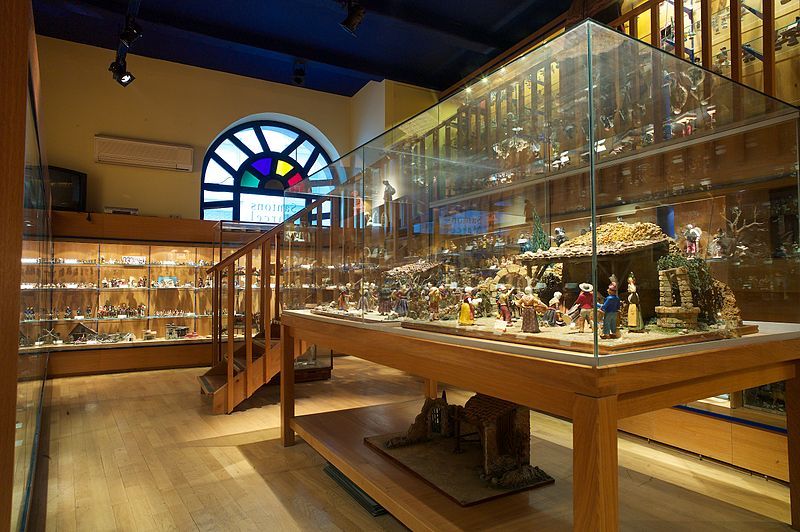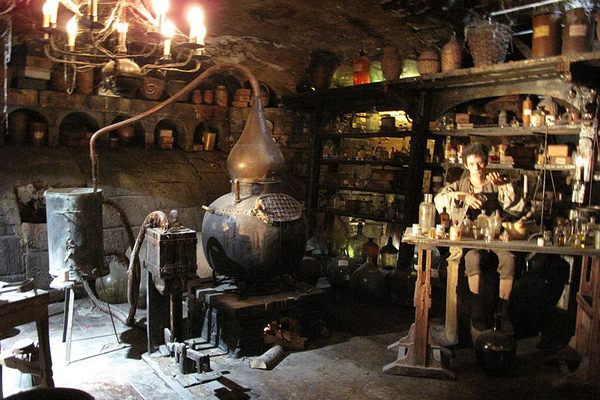About
Often taking the form of rustic village stereotypes such as the fish-monger and the scissor-grinder, the small figurines known as "santons" originated in Marseille, France where their history can still be viewed at the Musee du Santon.
Jean-Louis Lagnel (1764-1822) is credited with first creating the small figurines when his local churches were closed and nativity scenes were banned. The small provincial statues take the form of traditional figures from village life and are were originally made from such diverse materials as breadcrumbs, wax, or crushed glass. Presently santons are traditionally made from painted terra cotta, although the archaic professions of their subjects have not changed much.
The small Musee du Santon displays a private collection of santons dating from the 18th and 19th centuries and the legacy of the statuettes can actually be seen in the clay. Visitors can actually witness the figures being sculpted, fired, and painted, or buy a santon of their very own to keep the tradition alive.
Related Tags
Community Contributors
Added By
Published
October 31, 2012















